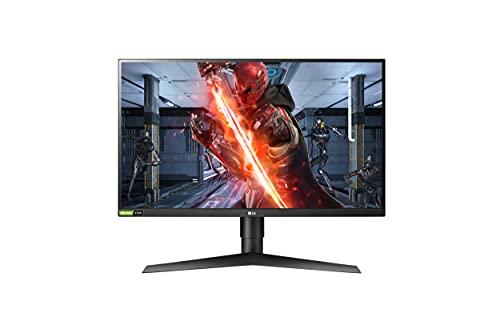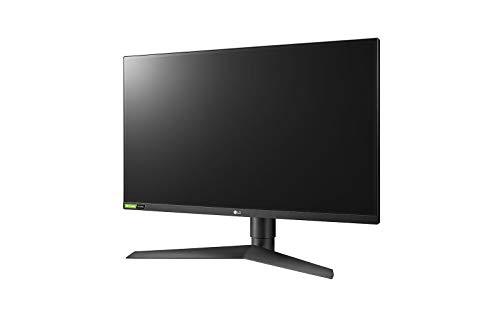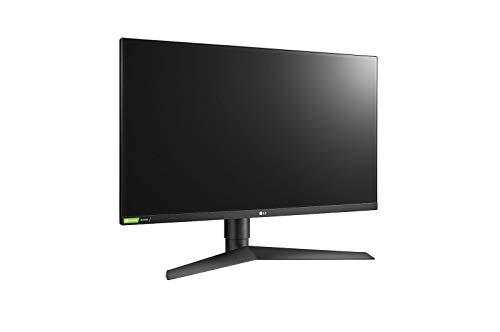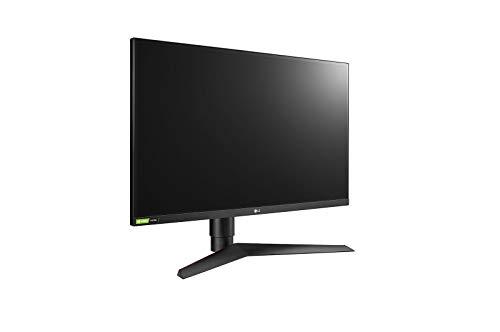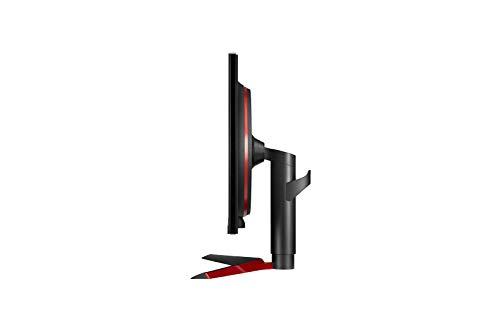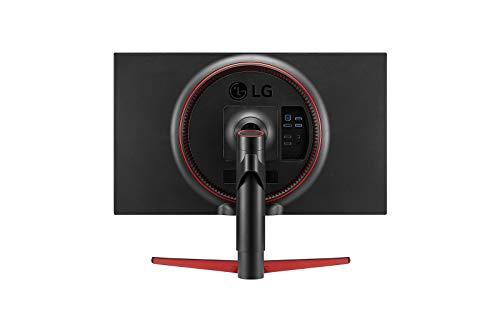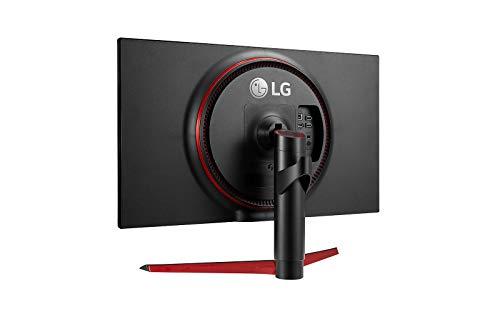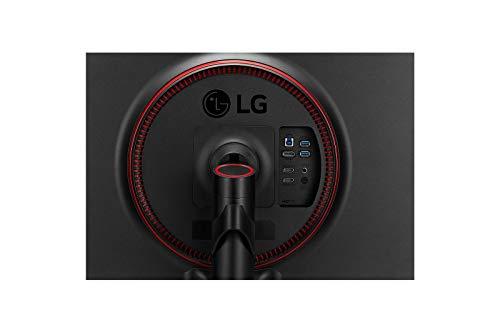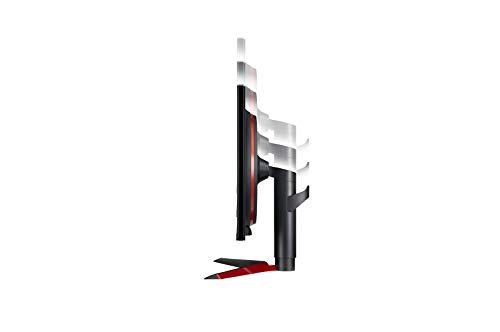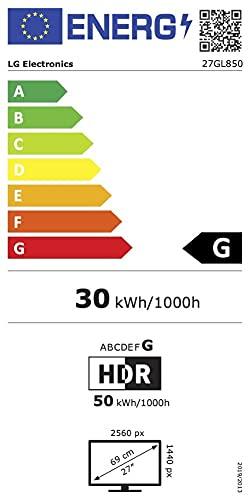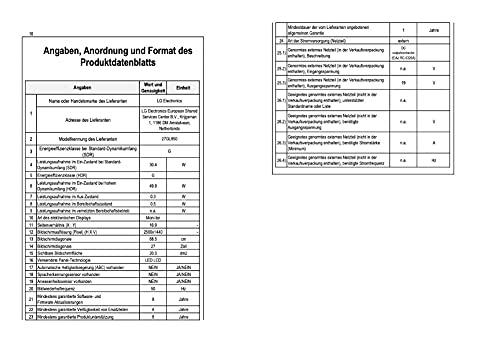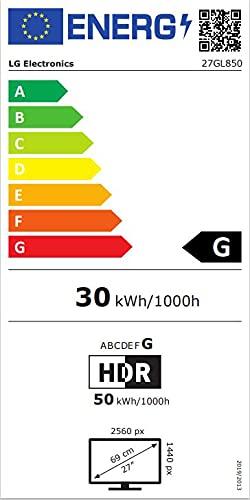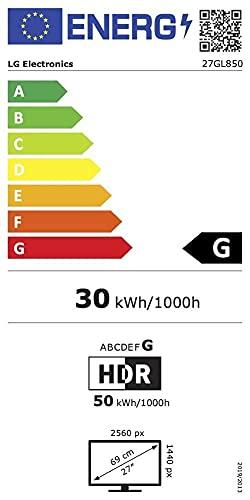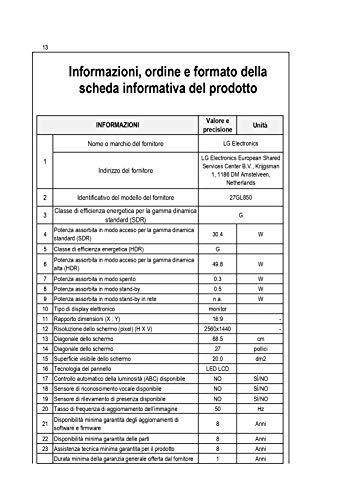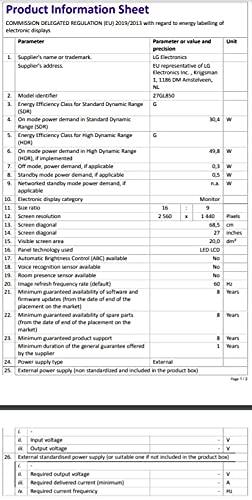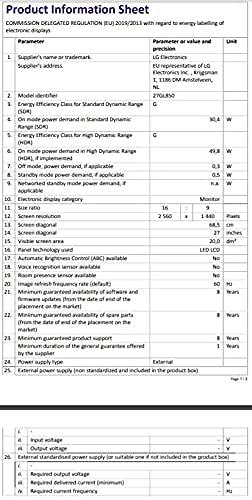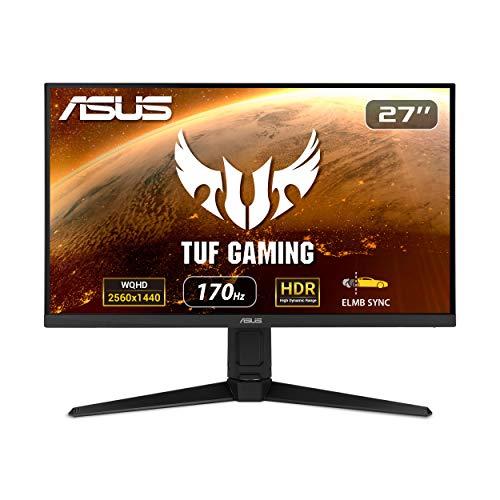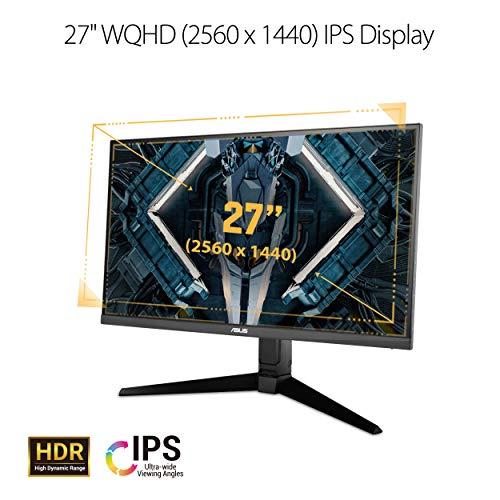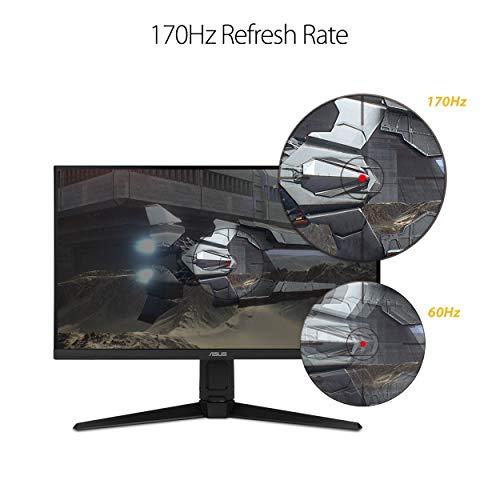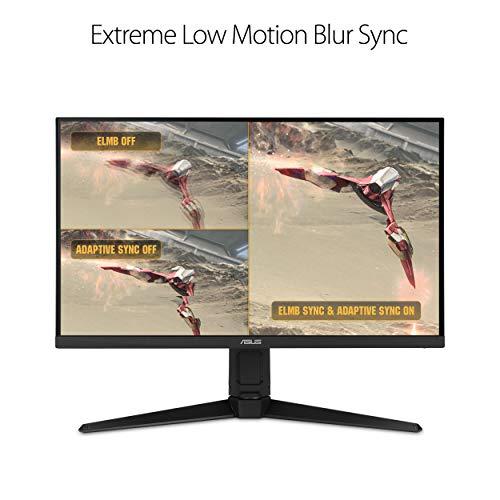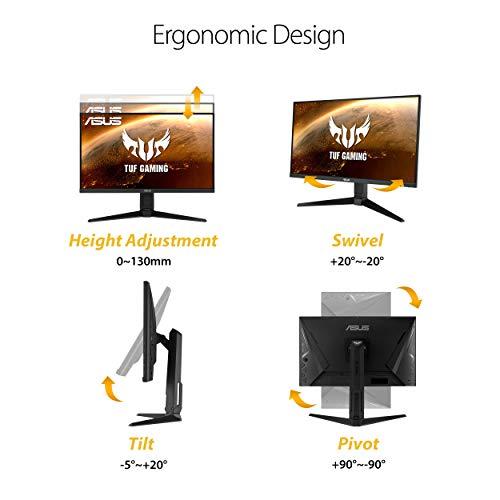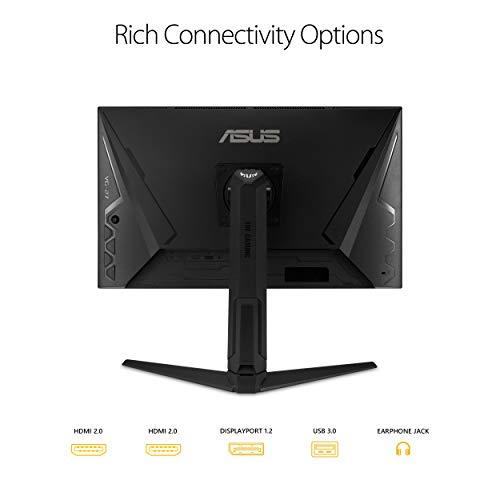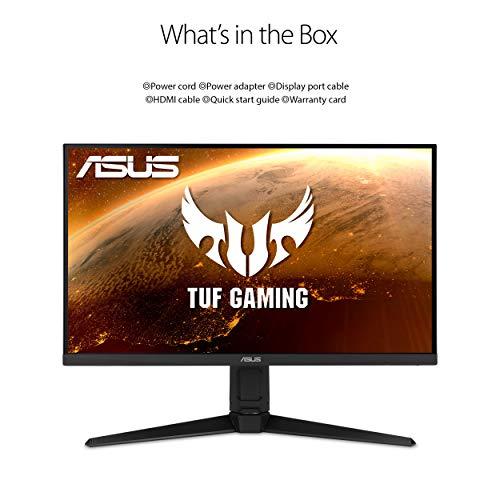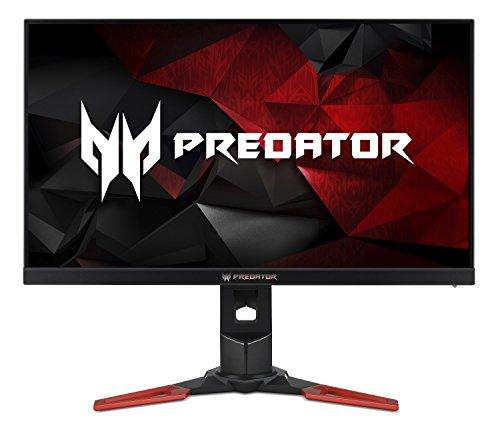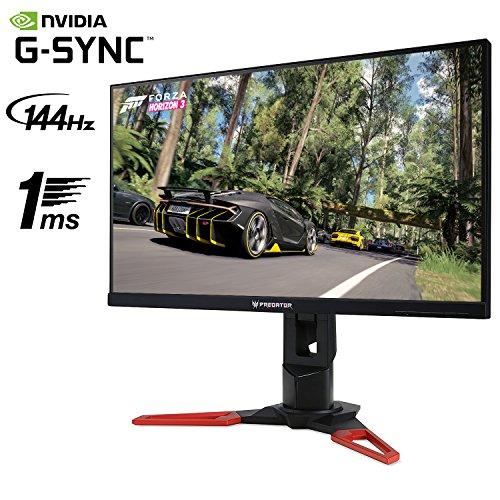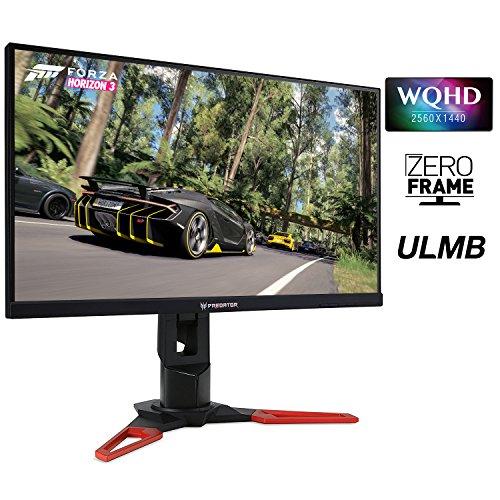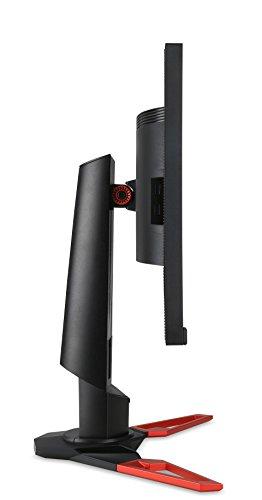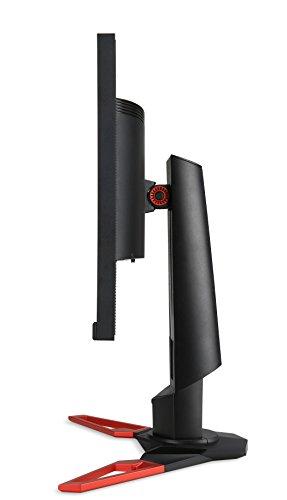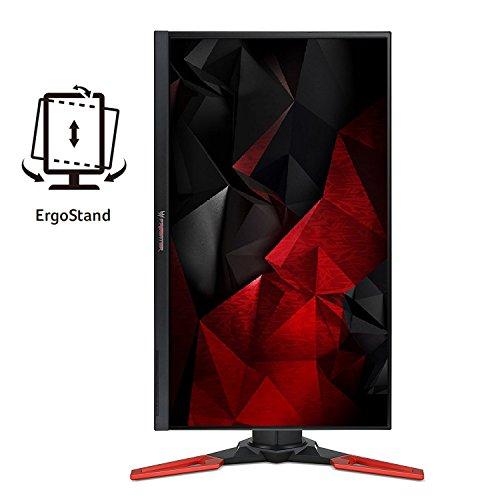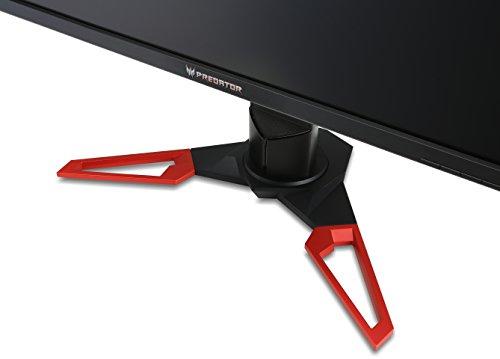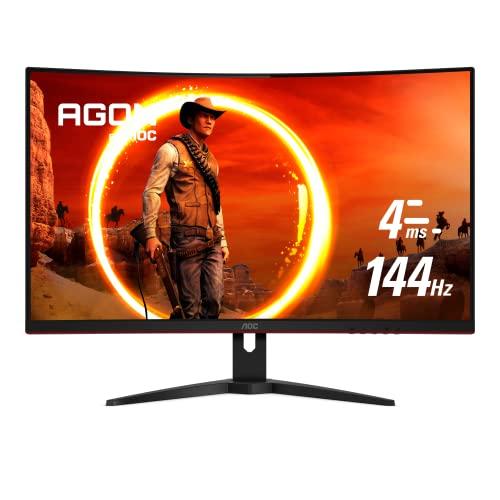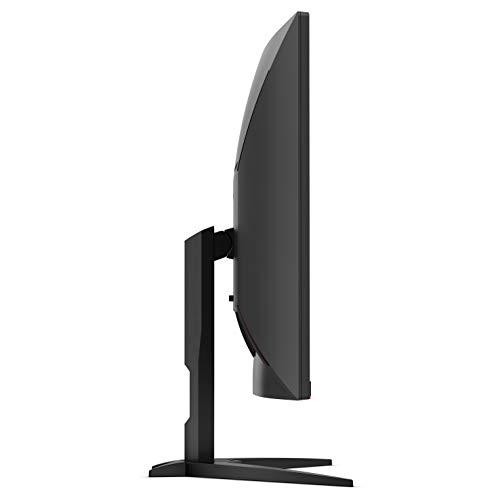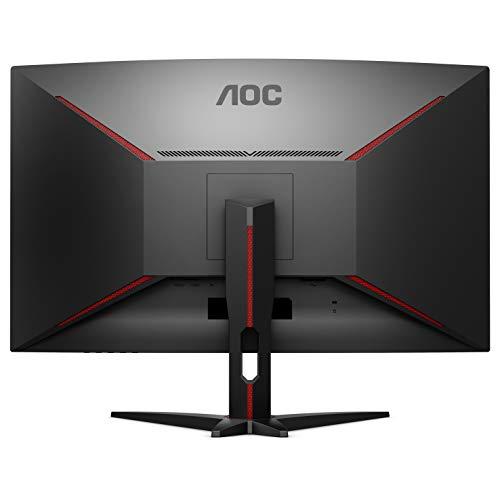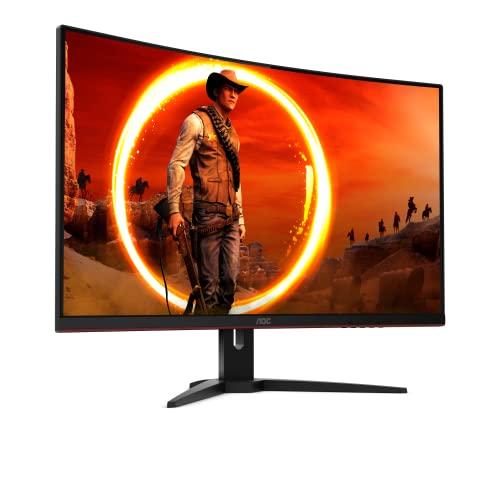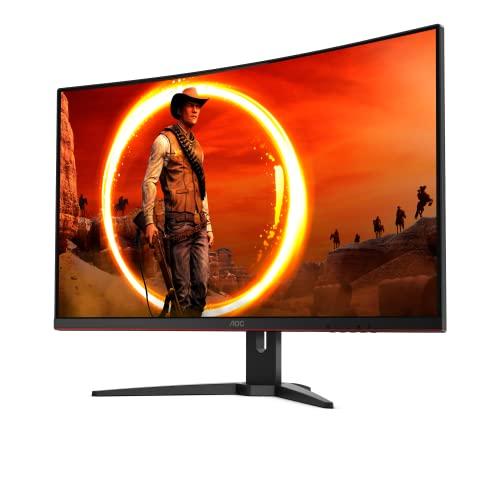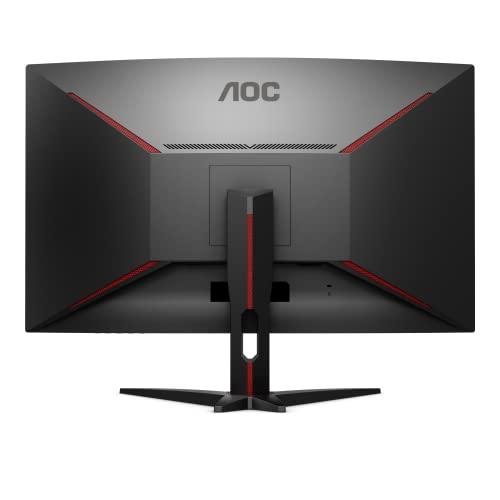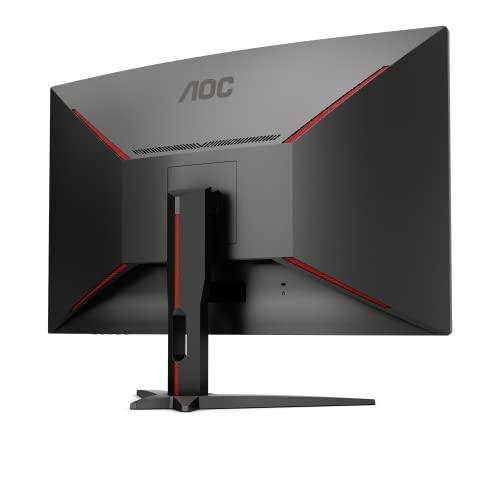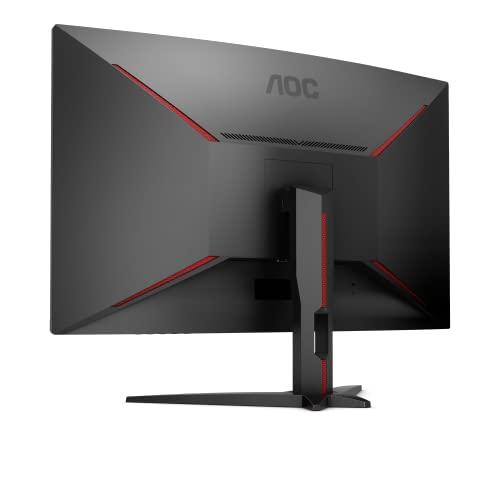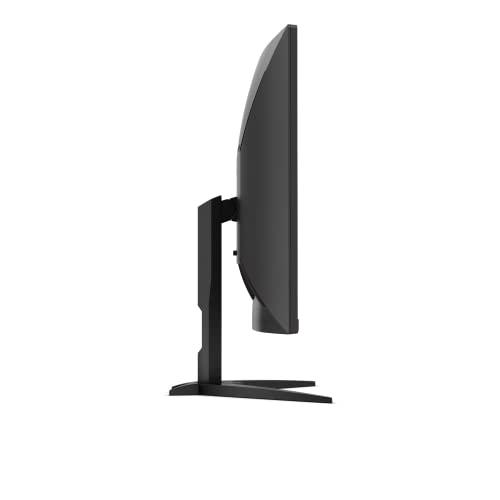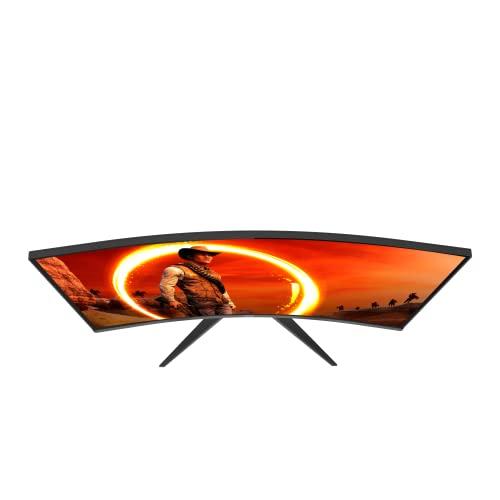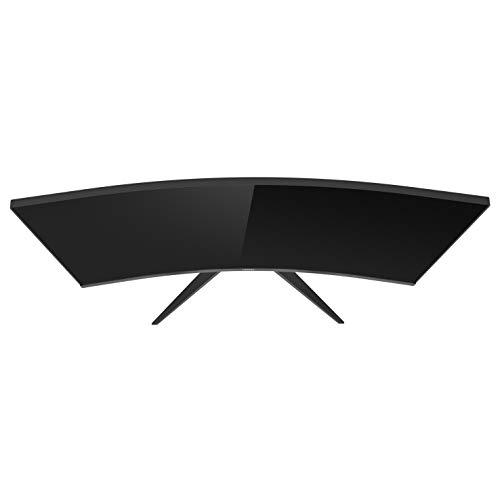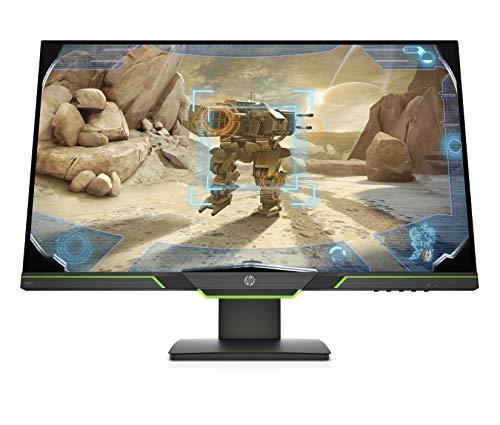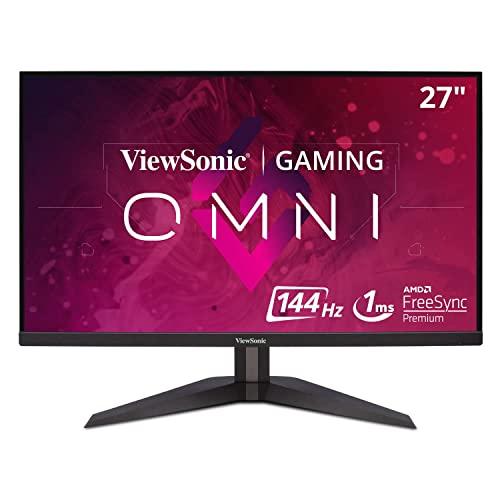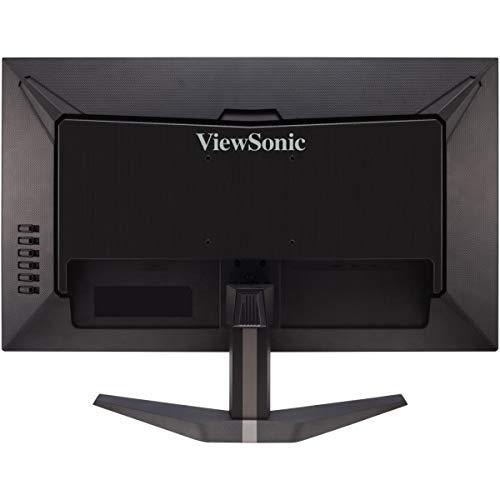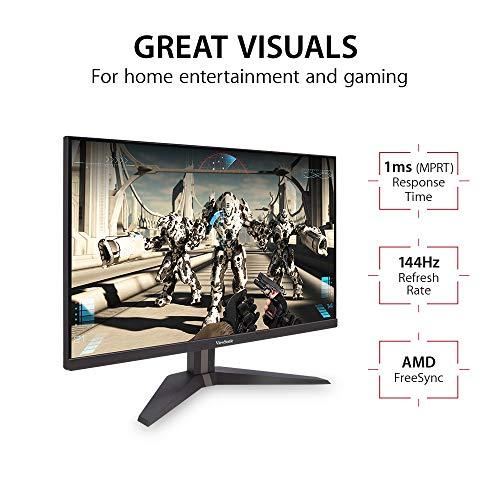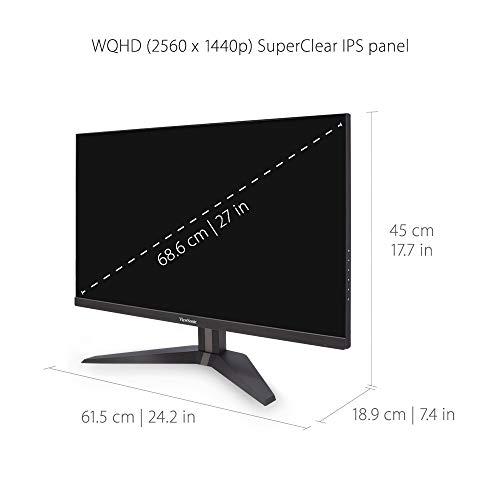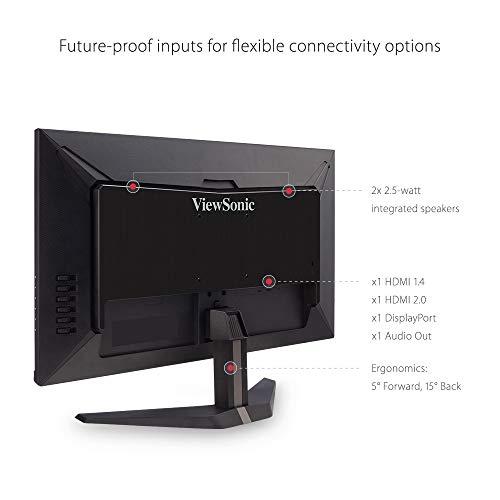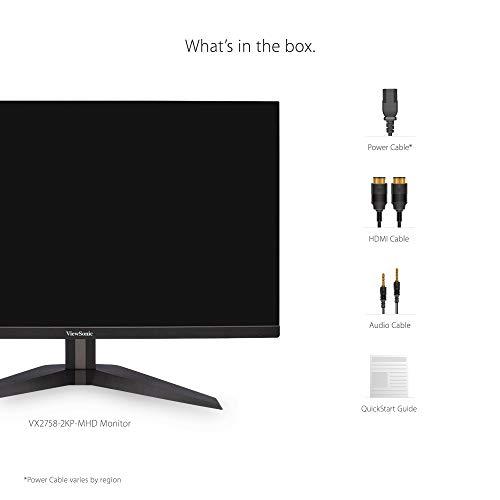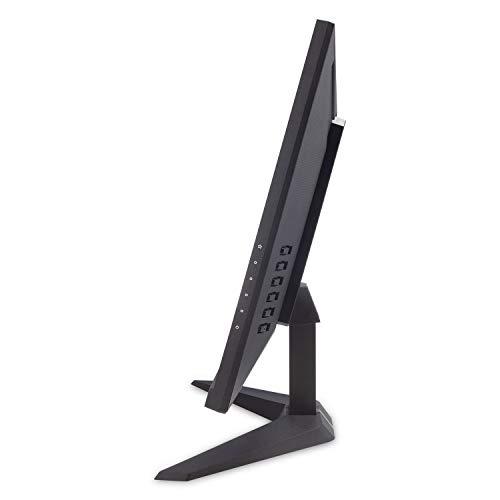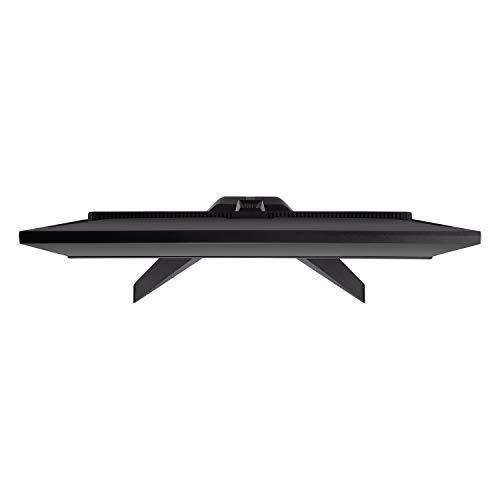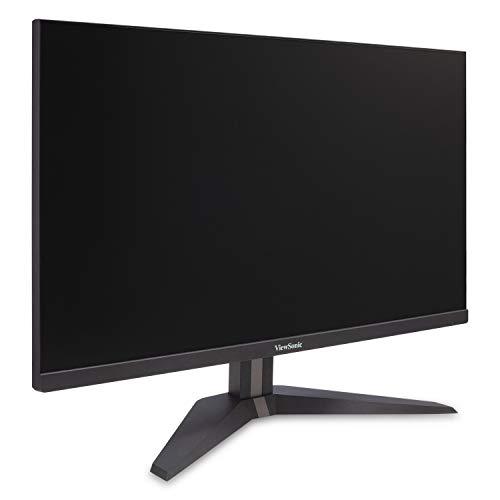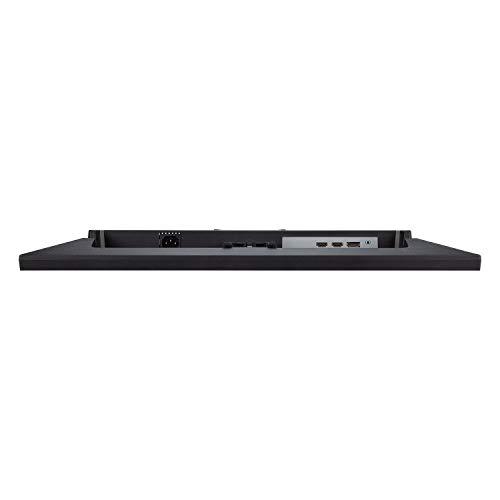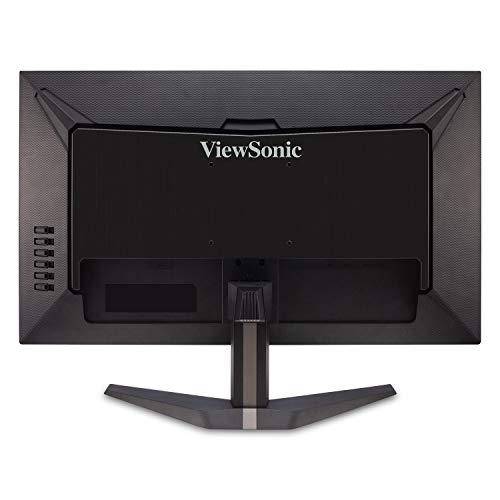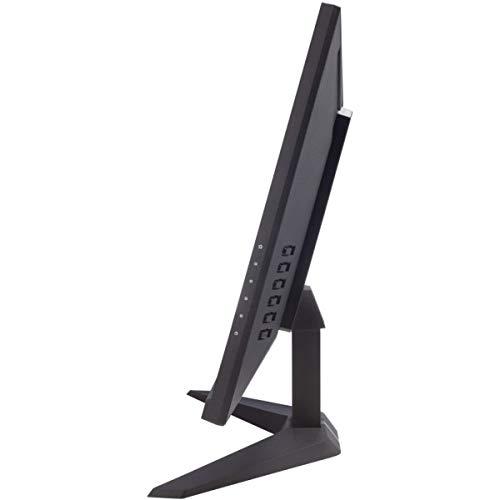Best 1440p 144Hz Gaming Monitor in 2025
For many gamers, the size of the new monitor was a decisive factor in the purchase decision for a long time. The range of available products has exploded – it is almost impossible for individuals to keep track of the monitor market as a whole. That’s why we decided to create a buying guide for the best 1440p 144Hz gaming monitors.
Gaming monitors with WQHD resolution currently represent the best combination of the highest possible resolution and fast frame rate. In our comparison test, we present the best 1440p 144Hz monitors for gamers.
WQHD displays between 24 and 27 inches offer the best compromise between performance and sharpness. While Full HD on the PC already looks very pixelated from 24 inches, 4K Ultra HD screens need a potent high-end graphics card for gaming. Devices with the popular 1440p resolution of 2,560 x 1,440 pixels serve exactly this intermediate market. However, there are numerous WQHD models with different features on the market.
In this article, we reveal what to look for before buying a WQHD monitor and what advantages and disadvantages 1440p monitors offer. To make the selection easier, we have gone through current tests and user experiences and picked out the best 1440p 144Hz monitors for gaming.
What are the advantages of a monitor with 1440p resolution?
Full HD is more and more replaced by the WQHD format. Not for nothing. Due to the higher number of pixels, much more details can be displayed at the same screen size. This is noticeable in everyday use as well as when working. Surfing the net, watching videos, gaming, image editing, video editing, text, spreadsheets, coding, and web design, all can be displayed in much more detail due to the gain in more workspace.
Due to the high pixel density and the high resolution, it is also possible to buy a larger monitor without sacrificing image quality. From a size of 24 inches, Full HD already looks grainy at a short distance. The picture on a wide-quad HD monitor, on the other hand, still looks crisp and detailed even at short distances. Individual pixels are barely visible to the naked eye. Unlike 4K Ultra-HD, WQHD does not require scaling because fonts and symbols remain legible.
Gamers are particularly interested in the popular format. Compared to Full HD, gamers get a visibly better picture quality and color brilliance. For this, they do not need a high-end graphics card, as is the case with a 4K monitor. The perfect compromise for the smaller budget.
Monitors with 144Hz for even more gaming fun
Monitors with 144Hz refresh rates are not new. But more popular than ever. Part of the reason for this are affordable mid-range graphics cards that can already display 100+ frames per second at high settings. However, the main reason for its popularity is the smooth display of moving images. This is noticeable both on the desktop when scrolling content or moving the mouse pointer, and especially when gaming. Besides the much smoother picture, the tearing at 60Hz is particularly noticeable.
G-Sync and FreeSync for Tearing Free Haming
G-Sync and FreeSync are technologies that prevent tearing and stuttering. Both technologies are based on adaptive synchronization, which gives monitors a variable refresh rate. This means that the monitor adjusts the refresh rate to that of the graphics card at all times. As a result, your graphics card and monitor run in sync and you enjoy a smooth gaming experience, without tearing images. This is useful for fast games or fast-paced scenes in shooting games, for example.
What is the Best 1440p 144Hz Gaming Monitor?
LG 27GL850
High-end Gaming Monitor with G-Sync & FreeSync
The LG 27GL850 appeals to all gamers with Nvidia and AMD graphics cards alike. The 2K WQHD panel with 144Hz and 27-inch size offers solid support for Nvidia’s G-Sync and AMD’s FreeSync. And this from 48Hz to 144Hz.
G-Sync/FreeSync regulates the monitor’s frame rate in real-time and adjusts to the graphics card’s performance. This effectively eliminates annoying tearing and micro-stuttering. The result is a smooth gaming experience.
The Nano-IPS panel used by LG promises a lightning-fast response time of 1ms. Even if this is not confirmed in tests, LG uses one of the fastest IPS panels on the market. With an average of 4.8ms, streaking and ghosting are not visible to the unaided eye. With 135% sRGB, 96% Adobe RGB, and 98% DCI-P3, even professional image editing is possible.
With various gaming profiles, the WQHD monitor can be adjusted to the favorite game at the touch of a button. The Blue Light Filter helps to protect the eyes during longer gaming sessions. This filters out the blue light components that are particularly stressful for the eyes.
The LG 27GL850 offers high-quality manufacturing. The slim bezel offers excellent conditions for triple-screen operation. The red accents on the monitor indicate high performance. The USB 3.0 ports on the back can also be used to charge the gaming peripherals while gaming.
ASUS VG27AQL1A
Inexpensive Gaming Monitor
- 27-inch WQHD (2560 x 1440) IPS gaming monitor with ultrafast 170Hz overclock refresh rate (supports 144Hz) and 1ms (MPRT) response time, designed for professional gamers and immersive gameplay
- ASUS Extreme Low Motion Blur Sync (ELMB SYNC) technology enables ELMB together with G-SYNC Compatibility, eliminating ghosting and tearing for sharp gaming visuals with high frame rates
- NVIDIA G-SYNC Compatibility Technology ensures smooth gameplay by eliminating screen tearing and stuttering
- High Dynamic Range (HDR) technology with professional color gamut delivers contrast and color performance that meets the DisplayHDR 400 certification
However, the VG27AQL1A is a monitor with a fast and good IPS panel, which also offers two features at the same time for the first time, which have excluded each other so far: Freesync is possible here together with blur reduction via background flicker, which Nvidia calls ULMB for instance. Every manufacturer has a different marketing name for the low-motion blur technology. In itself, the function is revolutionary: Instead of reducing the streaks by using IPS to achieve the lowest possible response times, the VG27AQ offers blur reduction that still raises the best motion picture sharpness to CRT level without having to forgo a tearing-free picture via Freesync or G-Sync here. However, this does not work quite as perfectly: With (overclocked) 170 Hz, the picture flickers at dynamic refresh rates. Strong ghosting is also visible with ELMB (Extreme Low Motion Blur). Both together are better used with a native 144 Hz.
The input lag is outstandingly low: with 9 ms in the center of the screen and 1.2 ms at the top, no frame gets stuck in the scaler. The color fidelity of 1.6 is excellent for a relatively inexpensive gaming monitor, so it is also suitable for graphics work. Therefore, the minor quirks are forgiven.
Acer Predator XB271HU
Gaming Monitor with TN-Panel
- 27" WQHD (2560 x 1440) Widescreen with NVIDIA G-SYNC Technology.
- Refresh Rate: 144Hz (Overclocking to 165Hz)-Using Display Port. Operating Power Consumption (Energy Star): 32. 02 W. Standby Power Consumption : 470 mW
- Response Time: 1ms, Pixel Pitch: 0. 233mm. Flicker-less Technology-Reduces annoying screen flickering that can cause eye strain when viewing the monitor for long periods.
- Signal Inputs: 1 x Display Port & 1 x HDMI 1. 4.
For Nvidia gamers, the Acer Predator XB271HUA offers everything your heart desires. The large 27-inch WQHD display combines 144Hz with Nvidia’s G-Sync. G-Sync regulates the frame rate in real time and adapts it to the graphics card’s performance. This guarantees a smooth gaming experience without annoying tearing. A 144Hz monitor already offers a fantastically smooth gaming experience. However, if this is not enough, the device can be overclocked up to 165 Hz.
With different gaming profiles, the WQHD monitor can be adjusted to the favorite game at the push of a button. The Blue Light Filter also helps to protect the eyes during long gaming sessions. It filters out the blue light that is particularly hard on the eyes.
The Acer Predator is available in two different versions with IPS (4ms) or TN (1ms) panels. Hardcore gamers with e-sports ambitions cannot avoid the TN panel. It offers an extremely fast response time without ghosting and streaking. The IPS panel provides a somewhat more responsive picture, which can be noticeable with very slight ghosting. In return, it is very suitable for everyday use.
Acer’s 27-inch WQHD monitor also cuts a very good figure visually. The striking stand with a red accent distinguishes the Predator series. Acer relies on the narrowest possible line for the bezel. Thus, several screens next to each other are no problem. The USB 3.0 ports can also be used to charge gaming peripherals while gaming.
AOC CQ32G1
32 Inch Curved Monitor
- 32" Class, 31. 5" Viewable AOC Gaming monitor with 2560x1440 Quad HD resolution (2K)
- 1800R curved monitor wrapping around you for an immersive gaming experience
- Rapid 1ms (MPRT) response and 144Hz refresh rate with AMD Free Sync for smoothest competitive game play. Powersource- 100 - 240V 50/60Hz. Power Consumption On -37 watt.Power Consumption Off- 0.5 watt.Power Consumption Standy- 0.5 watt
- 3-Sided frameless design with ultra-narrow borders for the ultimate multi-monitor setup
As the gaming in the monitor’s naming already suggests, the CQ32G1 is a WQHD monitor with gaming features. The 31.5-inch 1800R Curved monitor resolves at 2,560 x 1,440 pixels, resulting in a pixel density of 93 PPI. Thus, the sharpness corresponds to that of a 24-inch Full HD monitor. Perfectionists might be bothered by the pixels at short distances. The seating distance should be chosen accordingly.
The matte 8-bit panel itself comes from Samsung and corresponds to SVA technology. With 99% sRGB and the contrast of 3000:1, it is also suitable as an all-rounder. The viewing angle stability is improved by the panel’s curvature and gives a better overview, even at a short sitting distance. The maximum brightness is a good 300 cd/m².
The refresh rate is worth mentioning in this price range and is at a maximum of 144 Hz. The AOC is compatible with AMD FreeSync and works between 48Hz and 144Hz via DisplayPort and HDMI. At lower frequencies, the monitor displays frames multiple times using LFC support to avoid lags. The response time is 4ms from gray to gray.
The advantage of WQHD monitors is that they demand less from the graphics card than a 4K monitor while offering a higher pixel density than Full HD.
HP X27i
Gaming Monitor with Nano-IPS-Panel
- AMD RADEON FREESYNC — AMD FreeSync Technology to eliminate input lag, display stutter, and screen tears at virtually any framerate
- REFRESH RATE — 144Hz refresh rate and 4ms response time with overdrive. Dimensions without stand (W X D X H)-24.06 x 2.29 x 14.94 inches
- 1440p RESOLUTION — Quad HD (2560 x 1440) on a 27-inch monitor delivers crisp and accurate imagery with 350 nits of brightness
- IPS PANEL — Delivers ultra-wide 178-degree viewing angles and accurate color reproduction
The Dell S2721DGF is actually a clone of the well-known LG 27GL850, which was the first monitor with the 144 Hz fast Nano IPS panel. In the meantime, there are also other models with the same panel, such as the much too expensive Viewsonic XG270QG, the HP Omen 27i or the Dell S2721DGF. It is similarly priced as the LG model and, apart from cosmetic details, also offers the identical performance and quality. The response time is realtively fast, but not a millisecond fast as claimed by marketing. Fast TN models or IPS panels with 240 Hz (or more) are a bit less streaky. The still very good motion picture performance is bought by a weakening contrast, which is just below 1000:1 in all nano-IPS panels. Like the streaks, the slightly higher black value is only noticed in direct comparison. Otherwise, Freesync and G-Sync work reliably, the input lag is pleasantly low, and the price is fair for the entire package.
ViewSonic VX2758-2KP-MHD
Allround Gaming Monitor
- BE THE DIFFERENCE: WQHD (2560x1440p) resolution, ultra-fast 1ms (MPRT) response time, and amazing 144Hz refresh rate give you the edge in all your gaming quests
- NO IMAGE TEARING: AMD FreeSync technology enables smooth frame rates to aid you in battle
- AMAZING AT ANY ANGLE: An IPS panel ensures stunning views no matter your vantage point
- COMFORTABLE GAMING: Flicker-Free technology and Blue Light Filter for all-day comfort
Viewsonic’s 27-inch monitor is a fairly new 1440p display that has already received numerous positive reviews. Although equipped with an IPS panel, it is mainly aimed at gamers with a maximum refresh rate of 144 Hz and AMD FreeSync. Almost a bargain in terms of price, the device also shows its strengths in everyday use for web, video, text editing and more.
The monitor not only supports AMD FreeSync between 48 Hz and 144 Hz including LFC. It also offers a very good color space coverage of 93% in the NTSC color space and even 131% in the sRGB color space. In the DCI-P3 color space, which is so important for Apple, it is a very good 96%. The color depth is 8-bit, but is increased to 10-bit via Frame Rate Control. With over 1.07 billion displayed colors, fine color transitions are possible. The result are natural looking colors, which should convince even semi-professional photographers.
With 350 cd/m² luminance, the screen can also be used in bright rooms. The slim bezel frame allows a multi-monitor setup. However, due to the low price, some compromises have to be accepted. The Viewsonic VX2758-2KP-MHD can neither be adjusted in height nor rotated. The upright pivot function is also not provided. The device can only be tilted. USB ports are also not available.
HP X27i
Budget Pick with an IPS-Panel
- AMD RADEON FREESYNC — AMD FreeSync Technology to eliminate input lag, display stutter, and screen tears at virtually any framerate
- REFRESH RATE — 144Hz refresh rate and 4ms response time with overdrive. Dimensions without stand (W X D X H)-24.06 x 2.29 x 14.94 inches
- 1440p RESOLUTION — Quad HD (2560 x 1440) on a 27-inch monitor delivers crisp and accurate imagery with 350 nits of brightness
- IPS PANEL — Delivers ultra-wide 178-degree viewing angles and accurate color reproduction
A good gaming monitor does not have to be expensive these days: The monitor with a color-strong IPS panel with a 27-inch diagonal, WQHD resolution and 144 Hz is inexpensive. Thus, they offer good picture quality without compromising on smooth motion. HP does a lot right with the 27-inch X27i. An IPS panel with WQHD resolution and a refresh rate of 144 hertz is exactly what many gamers crave and is the best compromise between still and moving picture quality with a good price-performance ratio. However, the range of monitors in this genre is correspondingly numerous. Thanks to the good pixel response time of 4.9 ms on average, the moving picture of the X27i is largely spared from streaks. In combination with the input lag of 9.3 ms that we measured, the gaming monitor is suitable for every game outside of ambitious e-sports.
FAQs for 1440p 144Hz Monitors
What does WQHD stand for?
WQHD is an abbreviation for Wide Quad High Definition. The term quad is derived from Latin (quattuor) and means four or quadruple. It refers to the four times higher screen resolution compared to HD (720p). The HD (High-Definition) resolution was the first necessary step to change from SD (Standard-Definition) to a higher resolution picture. This resulted in a significant increase in sharpness and detail.
The number of pixels increased from 720 x 576 to 1280 x 720. In addition, the aspect ratio changed from 4:3 to 16:9, making screens wider. However, the HD Ready standard was replaced by the Full HD format quite quickly. This meant a further increase in pixels to 1920 x 1080. Full-HD is still the most common format on the market. However, the WQHD format is becoming more and more popular on PCs. WQHD means a further increase in pixels to 2560 x 1440.
What are the differences between HD, Full-HD, WQHD & 4K U-HD?
While WQHD means a quadrupling of the resolution compared to HD (720p), the same principle applies between 4K Ultra-HD (2160p) and Full-HD (1080p). Here, too, four times more pixels are displayed on the monitor in comparison. With four times more pixels, four times more can be displayed on the same surface. In both cases, this leads to a significant increase in sharpness and detail.
Which gaming monitor size should I choose?
The screen diagonal is absolutely subjective and depends on the location, the sitting distance and ultimately also the taste. There are rules of thumb for the “right” distance here, but they rather apply to the TV and for desktop gamers it is always individual. Among competitive shooter gamers, 24 inches is still common because they sit relatively close to it. The all-rounder compromise in WQHD is currently 27 inches – smaller panels are almost no longer available in this resolution. The next largest is 32 inches, which, like 34 inches for 21:9 or even larger and wider screens, is an absolute matter of taste.
How many Hz should a gaming monitor have?
Simple answer: Not below 120Hz. The difference between 60Hz and 120Hz is visible for every gamer and offers a clear added value. More is of course better. Above all, shooter gamers benefit from high hertz, which is why models with 240Hz or 360Hz exist. Now, 144Hz are not necessarily expensive anymore, even in combination with a higher resolution than Full HD, 1440p and 144Hz is quite affordable.
